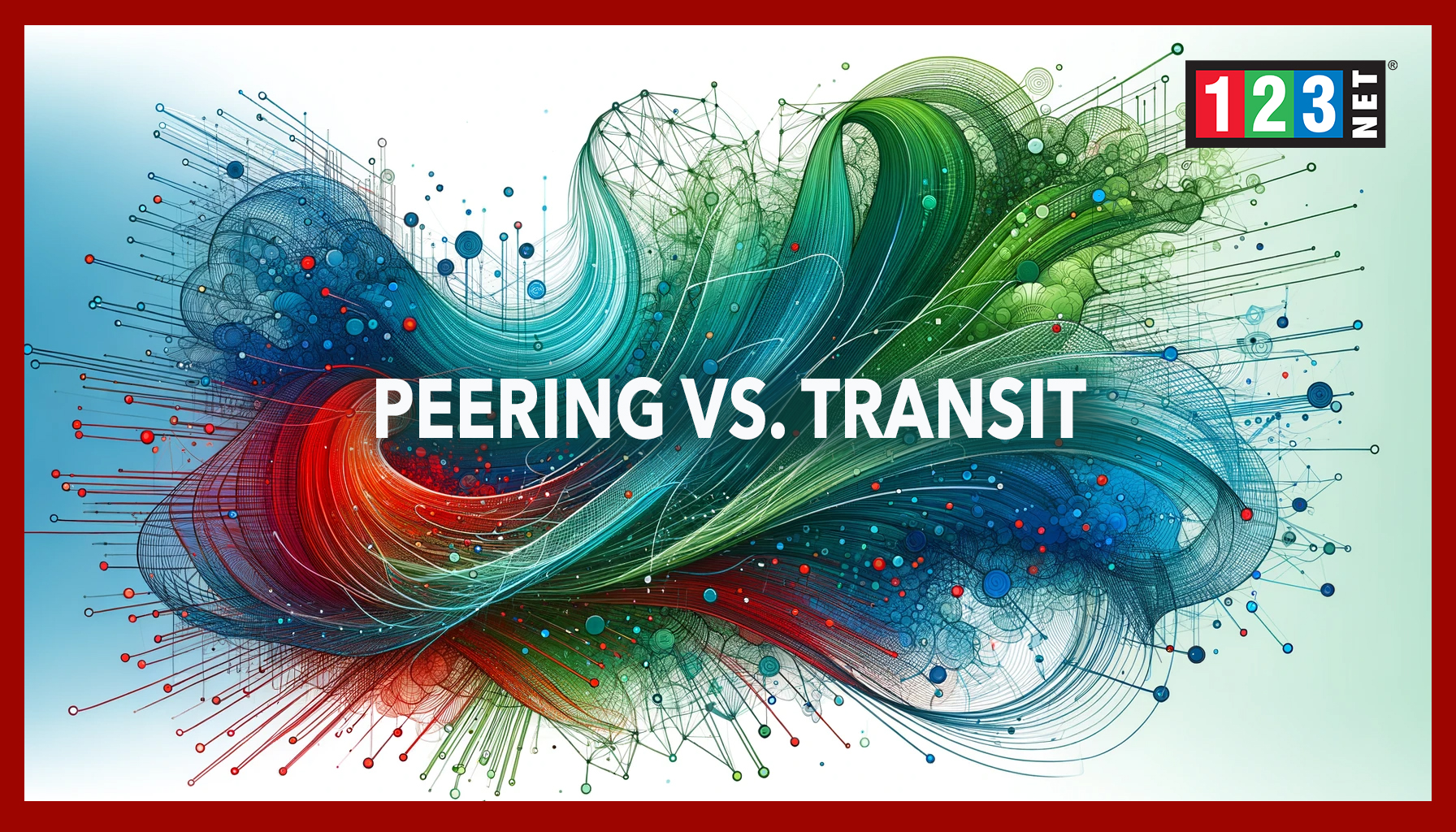
Introduction
Unified communications (UC) signifies a major transformation in business communication by centralizing voice, video, messaging, and collaboration tools. This shift streamlines operations and enhances team collaboration. Microsoft, a leading force in this domain, offers a seamless integration of these communication forms through its Microsoft Unified Communications suite. Designed to boost productivity and efficiency, this suite combines all essential communication tools into one comprehensive platform, making it an indispensable asset for modern enterprises seeking robust and integrated communication solutions.
Key Components of Microsoft Unified Communications
At the core of Microsoft’s unified communications (UC) framework lies Microsoft Teams, a versatile platform designed to centralize teamwork. It serves as an all-in-one hub, providing streamlined access to various collaboration tools. Whether it’s instant messaging, conducting meetings, or managing shared files, Teams simplifies these interactions in one easily accessible location. This integration plays a crucial role in enhancing team efficiency and communication.
Seamless Integration with Office 365
One of Microsoft Teams’ strongest features is its deep integration with Office 365. This connectivity ensures that productivity applications such as Excel, Word, and Outlook are integrated directly into the teamwork environment. This integration allows for an uninterrupted workflow, as employees can access and collaborate on documents without the need to switch between different applications. The result is a more fluid and productive working experience. This is where tools and data are harmoniously linked, significantly reducing the time spent navigating different platforms.
Advanced Communication Capabilities
Microsoft Teams is not just about messaging and document sharing; it is also a powerful platform for voice and video communication. Supporting enterprise Voice over Internet Protocol (VoIP), Teams enables high-quality voice calls across the organization, which are crucial for clear and effective communication. Additionally, its robust video conferencing features facilitate virtual meetings with features such as screen sharing, virtual backgrounds, and meeting recordings, enhancing the collaborative experience regardless of geographical boundaries.
Secure Messaging and More
Security is paramount in any business communication tool, and Microsoft Teams excels in this area. It offers secure messaging, ensuring that all communications are protected with end-to-end encryption. This security measure is crucial for maintaining the confidentiality and integrity of business communications. Moreover, Teams includes features that help manage and enforce compliance policies, making it a reliable choice for industries that require strict regulatory compliance.
Benefits of Microsoft Unified Communications
Boosting Collaboration and Productivity
Organizations implementing Microsoft Unified Communications experience significant enhancements in collaboration and productivity. This comprehensive system integrates various communication tools such as video conferencing, instant messaging, and collaborative workspaces into one seamless interface. By facilitating easier and more effective ways to connect and collaborate, teams can execute projects faster and with better coordination. This is leading to increased productivity across the board.
Scalability and Flexibility
One of the key advantages of Microsoft Unified Communications is its scalability, which easily accommodates business growth. Whether a company is expanding its workforce or scaling down, the system adjusts accordingly. This is providing exactly what is needed without unnecessary complexity or cost. Moreover, it offers flexibility that is crucial for adapting to dynamic work environments and workforce distributions. It is making it ideal for businesses that experience seasonal fluctuations or are transitioning to remote or hybrid work models.
Cost Savings and Impressive ROI
Adopting Microsoft Unified Communications can lead to substantial cost savings for organizations. By consolidating various communication platforms into one, companies reduce the need for multiple vendor contracts and the associated overheads, which can be considerable. Additionally, the improved efficiency and productivity translate into faster project completion and reduced labor costs, contributing to an impressive return on investment. These financial benefits are compelling for any business looking to optimize its communication expenditures.
Ensuring Security and Compliance
Security is a cornerstone of Microsoft Unified Communications. The system ensures that all communications are secure and private, employing advanced encryption and security protocols to protect data. Furthermore, it complies with various international regulatory frameworks, making it a suitable choice for industries that handle sensitive information or are subject to stringent data protection regulations. This comprehensive approach to security and compliance not only protects organizations but also builds trust with clients and stakeholders.
Challenges and Limitations
Despite its many benefits, Microsoft Unified Communications does have its challenges. Users sometimes face difficulties due to the system’s complexity and integration issues with non-Microsoft products. This can lead to frustration, particularly when attempting to seamlessly connect Microsoft’s tools with other software solutions used within the same business environment.
Compared to other platforms such as Cisco Webex and Zoom, Microsoft Unified Communications can seem less flexible. Users often note that while Microsoft offers a robust set of features, the system is not as customizable when it comes to adapting to specific user needs or integrating third-party applications. This limitation can be a significant hurdle for companies that rely on a diverse array of tools and require more tailored functionalities to meet their unique business processes.
Overall, while Microsoft Unified Communications provides a powerful suite of tools designed to enhance productivity and streamline communication. These include a steeper learning curve and a more confined approach to integrations. This could be critical drawbacks for some organizations.
Future of Unified Communications and Microsoft’s Role
AI and Machine Learning Integration
The trajectory of unified communications is steering towards an even deeper integration of artificial intelligence (AI) and machine learning (ML). As these technologies advance, they are set to revolutionize the way businesses communicate and collaborate. Microsoft, a pioneer in technological innovation, is poised to lead this shift. The company’s significant investments in AI and ML are transforming its Unified Communications (UC) systems into more intelligent and responsive tools. It can anticipate user needs and automate complex processes.
Continuous Evolution of UC Offerings
Microsoft’s commitment to continuously evolving its UC offerings ensures that its solutions remain at the forefront of technology. This dedication is evident in the constant updates and enhancements to their platforms, aiming to improve user experience and efficiency. By focusing on innovation, Microsoft not only keeps up with current trends but also sets new standards for what communication tools can achieve. This ongoing development promises to bring about more sophisticated and seamless communication solutions that can integrate smoothly across multiple platforms and devices.
Enhanced Workflows and Security
Looking ahead, we can expect to see significant advancements in automated workflows and smarter collaboration tools within Microsoft’s UC suite. These improvements will streamline operations, reduce manual tasks, and increase overall productivity by enabling quicker and more effective communication and decision-making processes. Moreover, with the increasing importance of data security, Microsoft is likely to continue enhancing its security measures. More sophisticated security protocols, backed by AI-driven analytics for threat detection and system vulnerabilities assessments, will play a crucial role in protecting sensitive information and maintaining user trust.
FAQs
- What are the most essential features of Microsoft Unified Communications? A: The core features include enterprise VoIP, secure messaging, video conferencing, and seamless integration with Office 365.
- How does Microsoft ensure the security of its communication tools? A: Microsoft employs advanced security measures including end-to-end encryption, compliance protocols, and regular security audits to protect user data.
- What are the main differences between Microsoft Teams and other similar platforms? A: Microsoft Teams excels in its deep integration with Office 365, extensive collaboration features, and comprehensive security measures, distinguishing it from competitors like Google Voice and Zoom Phone.





